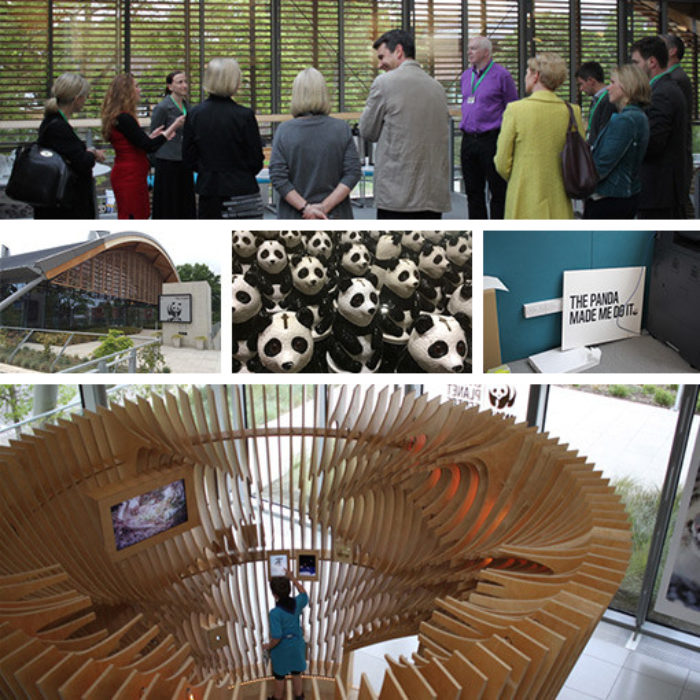Being a human organisation (part 2): Understand people’s social nature
If you believe colleagues are a source of potentially untapped imagination and innovation we need a deeper, richer understanding of human nature.
In this second instalment of our series on what makes an organisation ‘human’, we’ll take a look at one of these essential characteristics: human organisations understand our social nature.
Our wake-up call
If we doubted our social nature, the pandemic was a wake-up call. When we were in their various phases of lockdown, we really missed spending time with friends, family, colleagues, and even strangers. We missed the cinema, the theatre, nightclubs, debating people over a pint, or gossiping over a coffee. And many of us missed seeing colleagues face-to-face in the office. Sure, we had Zoom and Teams and Google Classroom – which collectively accrued hundreds of millions of new participants and billions of minutes of collaborative use – but we all know it’s not the same.
Remote working is valuable to the person and the organisation, but it doesn’t support our social nature, it’s not the whole human. We need to connect face-to-face with friends and workmates, it enhances collaboration, it helps make stuff happen, it amplifies how much we can learn from each other, and it boosts our mental wellbeing.
We are social by nature
In the words of Gary Hamel and Michele Zanini in their book Humanocracy, Creating Organizations as Amazing as the People Inside Them:
“Our organisations allow us to do together what can’t be done alone. No single human can build a car; launch a satellite; create an operating system;
train a doctor; erect a building or mobilize a movement.”
Our brightest ideas, our best creations, our truly breakthrough products and services come when we’re fully empowered to bounce stuff off one another.
Alex Pentland of MIT believes that this exchange of ideas is a key human currency. He identifies two measures of success for idea generation:
- The frequency of social contact: it doesn’t matter what topic is discussed, increased frequency strengthens social ties, trust and the exchange of ideas.
- The diversity of ideas we are exposed to: humans are explorers, we are curious by nature, driven by the need for social contact and for novelty.
A human solution
Things we know:
- Commercial success depends on collaboration.
- Innovation depends on social connection and conversation.
Our choice, therefore, is either to design this out, through rules and processes and reporting lines, or to design it in, by creating workplaces and practices that enable and encourage informal contact and informal networks.
Ultimately, if organisations want to become more human, they need to do three simple things:
- Understand what makes us tick – you could start by reading some of the works listed below.
- Design workspaces to enable conversation, collaboration, exploration and social contact.
- Make networking easy – inside and outside the company.
This will ensure organisations are working with, not against, our inherent social nature.
As discussed above, this is the second of nine planned articles on the characteristics of the human organisation. While you wait for part three, why not read all about them in detail, by downloading our report ‘The Human Organisation’?
And if you want a chat about how to make your organisation more human, drop me a line at John.Drummond@How-on-earth.co.uk
Recommended reading
- Humanocracy, Creating Organizations as Amazing as the People Inside Them by Gary Hamel and Michele Zanini
- Rebel Ideas, The Power of Diverse Thinking by Matthew Syed
- Behave: The Biology of Humans at Our Best and Worst by Robert Sapolsky



